We have highlighted the nutritional value of Chinese cuisine, as in our most recent article. Some people assume that Chinese cuisine is just high-fat dishes or a spicy hot pot. Today Illume would like to present you with some delectable and healthy Chinese dishes that you have got to try.
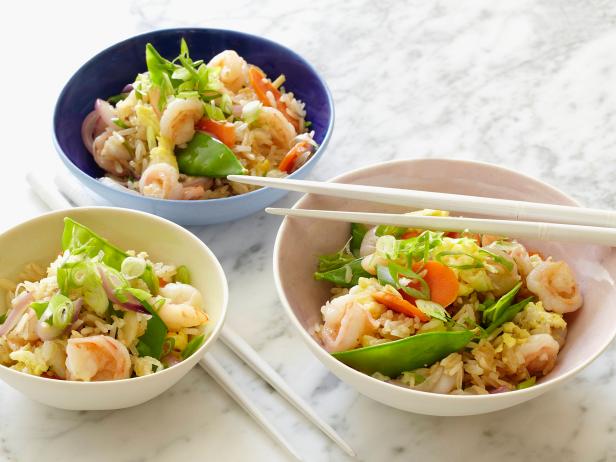
“There’s a vast discrepancy between real Chinese food and what we as Americans think Chinese food is,” according to Katie Boyd – a nutritionist. “Most of the things we tend to order during our takeout sessions are actually festival food that the people of China only eat a few times a year during celebrations. That being said, Chinese food, when ordered consciously and intentionally, can actually be filled with muscle-building protein and filling, fiber-rich vegetables”. Moreover, she notes, it may be a healthier option to many other fast foods (like burgers and fries).
So we can rest assured that healthy and nutritious Chinese dishes are legit. Read on with Illume to discover these 15 mouthwatering dishes.
Doumiao
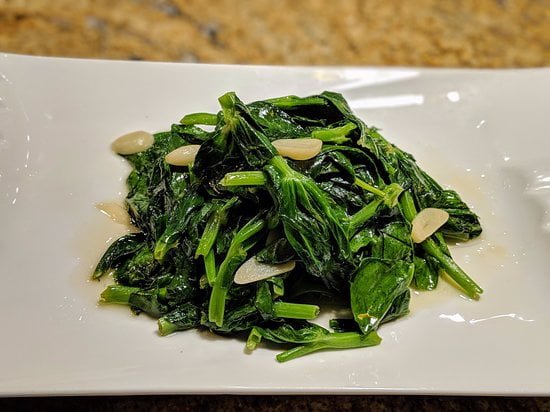
The doumiao is fittingly described as “little yet powerful.” It is the young sprouts of the pea plant, also known as pea shoots, and is distinguished by tender leaves, curly tendrils, and soft stems. Consuming just 100g of doumiao will provide you with 13% of your daily vitamin C, 13% of your daily iron, and 8% of your daily potassium. Stir fry doumiao with oyster sauce for a scrumptious dish of greens that also has health benefits including better digestion, blood sugar levels, and heart health.
Bok Choy
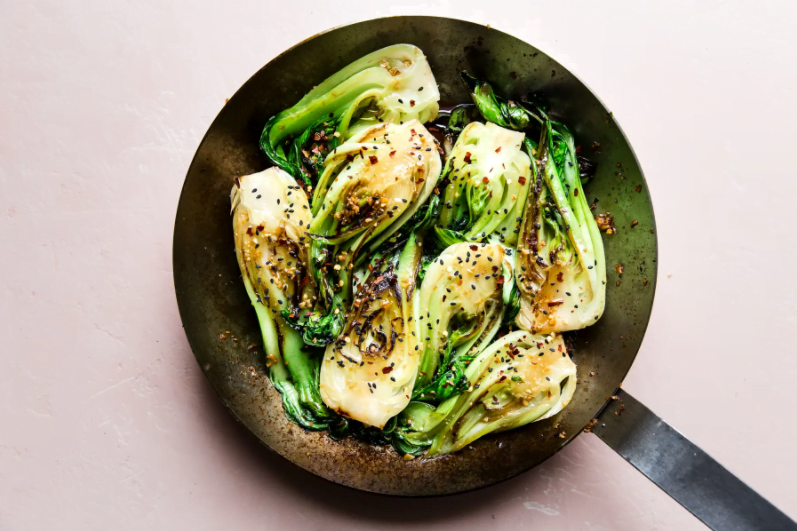
Bok choy is the Cantonese pronunciation for “white vegetables.” It is, contrary to its name, a leafy green with thick and crisp light green stems that comes in three sizes: large, medium, and small. Aside from size, Bok Choy varies in tenderness, generally becoming tougher as it ages. Chopped elder Bok Choy is a pleasantly sweet and refreshing salad ingredient, whereas smaller stalks can be stir-fried, braised, or even steamed. Bok choy has 50% vitamin C, 8% calcium, and 5% potassium per 100g, which can help maintain heart and bone health, control blood pressure, and even decrease your chance of getting cancer.
Moo Goo Gai Pan
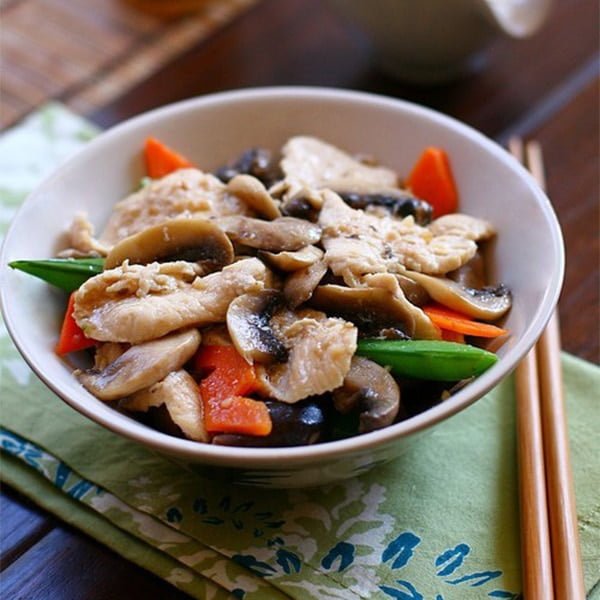
Moo goo gai pan is an Americanized version of a traditional Cantonese dish that consists of button mushrooms (moo goo), stir-fried chicken slices (gai pan), and other vegetables such as Bok choy, snow peas, water chestnuts, and bamboo shoots cooked in a light sauce made of soy sauce, sesame oil, and chicken broth. “Many Americanized Chinese dishes are filled with syrupy, sugary sauces that can cause blood sugar to shoot through the roof,” Boyd says. “This option is a sure bet you will get your protein and fiber-rich vegetables without that dreaded insulin spike.”
Napa Cabbage
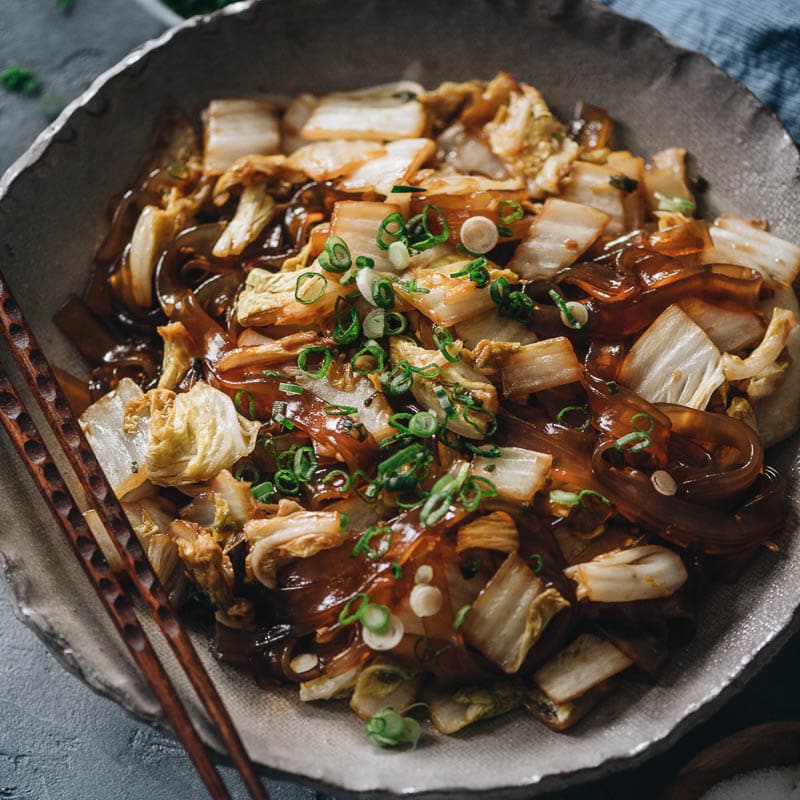
The napa cabbage is an enlarged variant of normal cabbage with a crinkly, yellowish-green head of densely arranged leaves and flat, broad stems. This vegetable, which originated in Beijing, China, is high in antioxidants and contains 5% of the daily value of vitamins A and C, protecting your body from inflammation and heart disease. We enjoy the sweet and juicy taste of napa cabbage when cooked, which is commonly used in soups, noodle and dumpling dishes.
Kai Lan
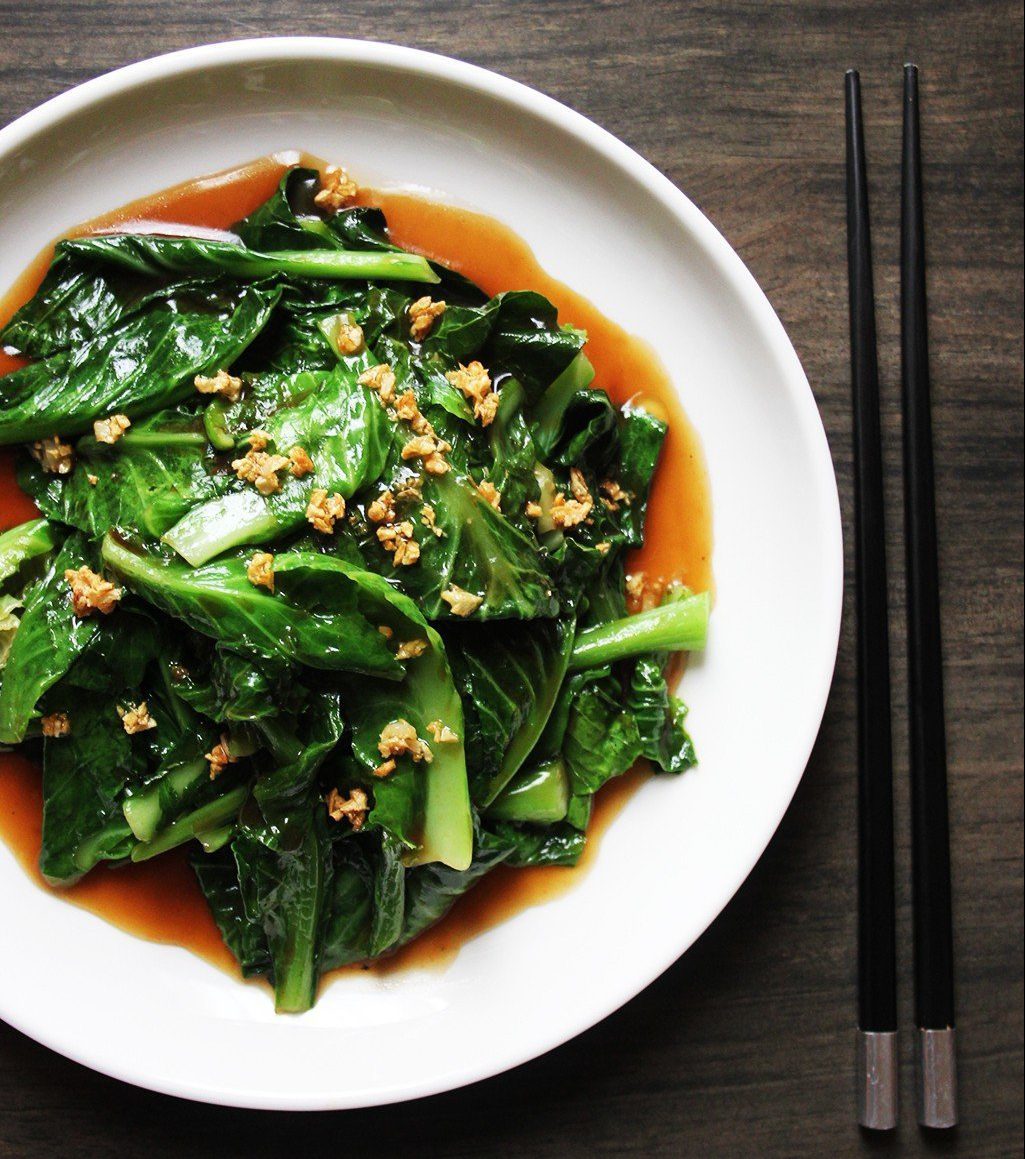
Kai Lan is frequently referred to as Chinese broccoli, despite the fact that it does not resemble broccoli and is instead a deep green Chinese vegetable (when cooked) with big leaves and sturdy stems. It is one of the most commonly used vegetables in Chinese cuisine and may be served boiled, steamed, or stir-fried. A single 100g serving of kai lan contains 33% vitamin C and 10% dietary fiber. It also has calcium, lutein, potassium, and beta-carotene, which acts as a natural antioxidant in the body.
Shrimp or Beef and Broccoli
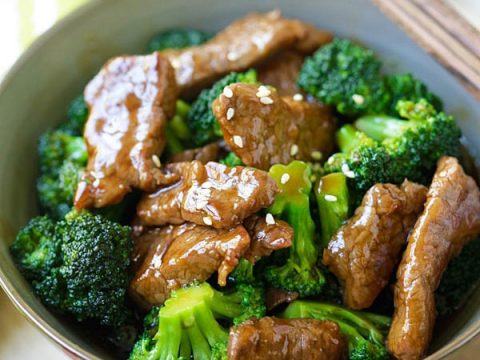
Shrimp is already low in calories, so it’s a nice place to start with this takeaway favorite. The beef version commonly involves flank steak, which is quite lean. “These dishes generally come with garlic sauce,” Boyd adds, “which is a healthier option to sweet and sour, sesame, or General Tso’s.” If you’re not tracking carbohydrates, serve it with a side of steaming brown rice to round off a tasty and filling meal.” If you’re a devoted fan of General Tso’s (like us), this will please your palate in almost the same way.
Lotus Root
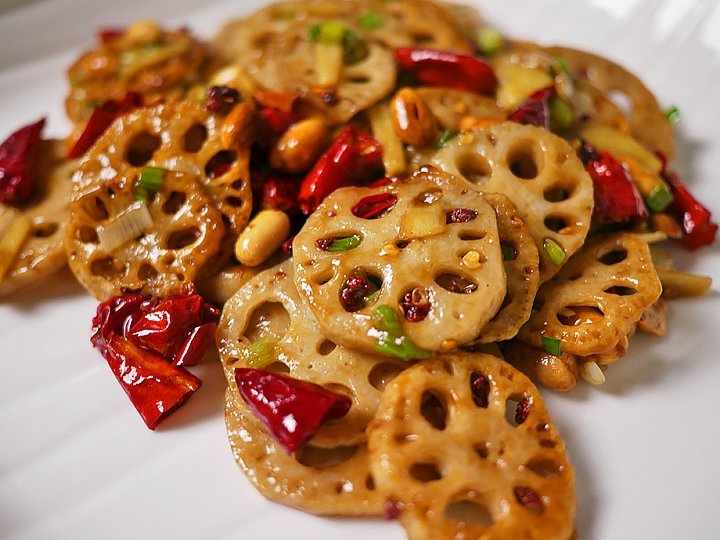
Lotus root is crunchy and sweet, and it tastes best when stir-fried and added to soups. Lotus root, a popular element in Japanese and Chinese cuisine, is really the stem of the lotus flower and can grow to be several feet in length underwater. A 100g serving of lotus root contains 44 % vitamin C, 12 % potassium, and 20 % dietary fiber. As a result, eating lotus root on a regular basis can enhance blood circulation, decrease stress, aid digestion, and even aid with weight management.
Sweet Potato Leaves
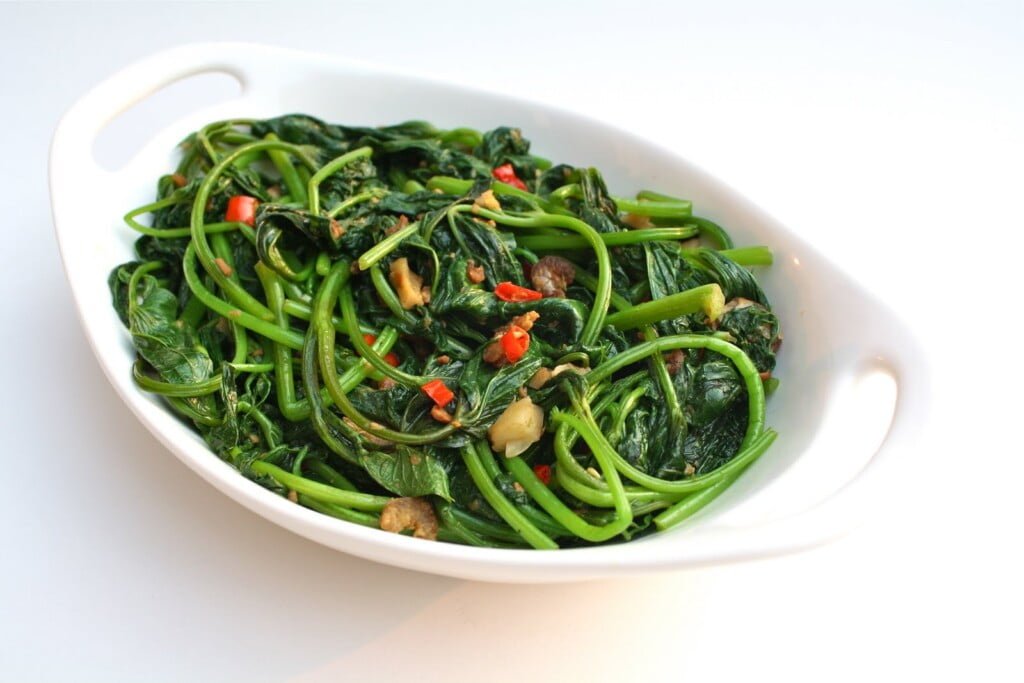
Sweet potato leaves are heart-shaped and possess long, slender stems, earning them the nickname “the longevity vegetable.” Sweet potato leaves, like most other vegetables, are generally stir-fried with chilli and garlic for flavor. This Chinese green, which is strong in magnesium (12%), vitamin A (58%), and vitamin B-6 (10%), lives true to its name by improving immunity, boosting metabolism, and reducing blood sugar.
Buddha’s Delight
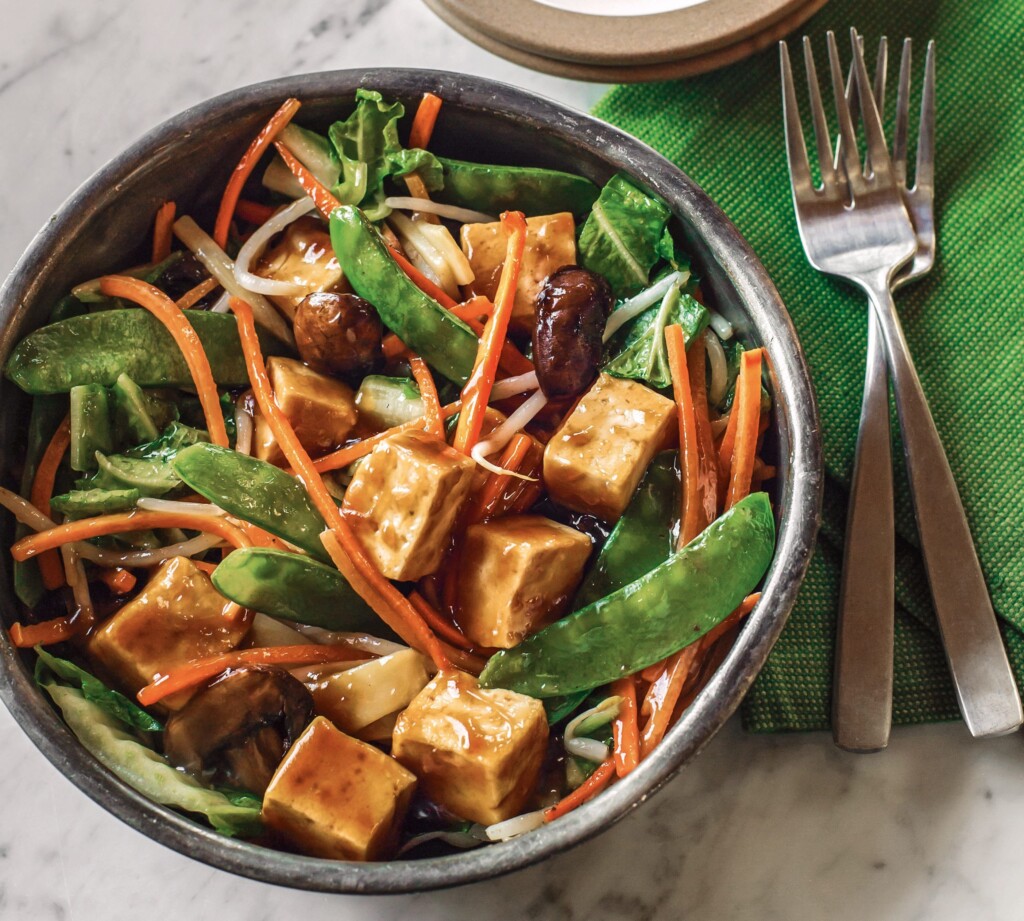
When it comes to authenticity, Buddha’s delight (Luóhàn zhai) is the real deal. It was initially eaten by vegetarian Buddhist monks, but it has earned reputation all around the world. And it’s a meat-free alternative that’s both light and nutritious for vegetarians who might feel limited by the menu at an American Chinese restaurant. “This dish is generally created with veggies, tofu, and a mild sauce,” Boyd explains. “Everything is steamed, which reduces the caloric punch that most other Chinese takeout dishes pack.” It is not necessarily vegan, but traditional recipes do not permit the use of egg or dairy, so verify with the restaurant.
Kang Kong
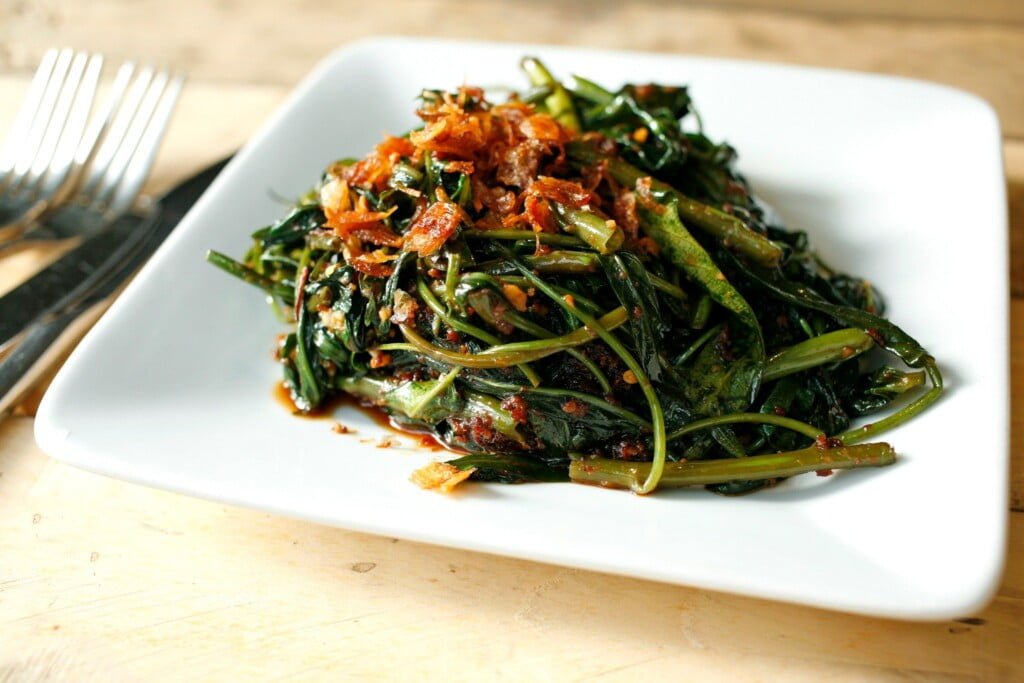
Water spinach is known as Kang Kong in Malay and is widely consumed in Southeast Asia. Stir-frying with sambal belachan (a spicy shrimp-infused chilli sauce) is a popular way to prepare this Chinese vegetable, but stir-frying with garlic is a healthy option that tastes just as good. This thin, hollow-stemmed vegetable has an irresistible crunch, and only 100g of it can totally increase your vitamin A and C consumption (126% and 91% respectively). It’s also high in magnesium and iron, which help in red blood cell production.
Choy Sum
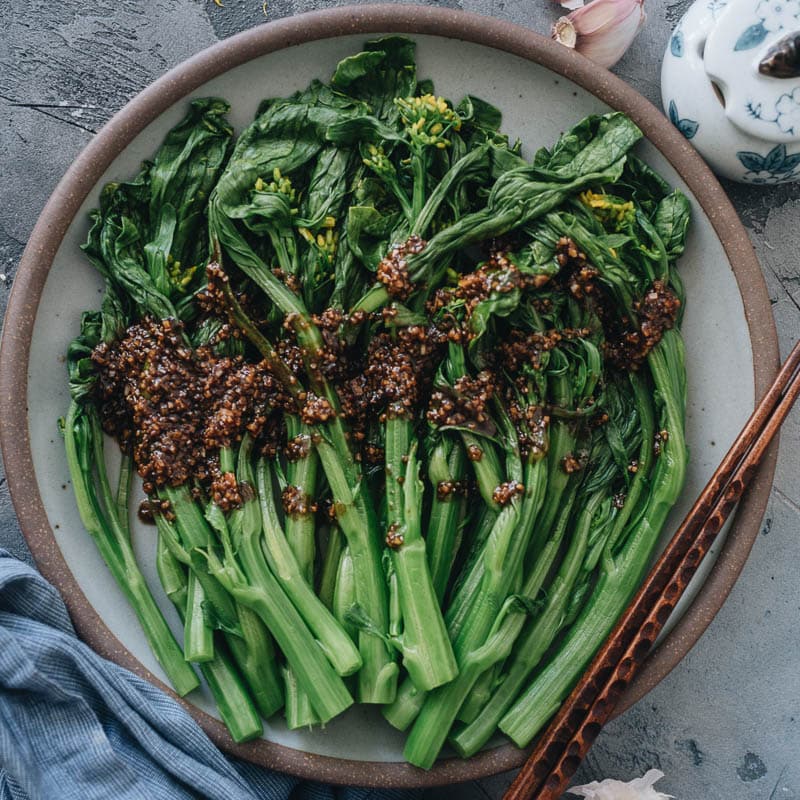
Another leafy green used in Chinese cuisine is choy sum, sometimes known as chye sim. It has the look of kai lan but has a less meaty stem and produces tiny yellow blooms that are edible but slightly bitter. Choy sum, like most Chinese vegetables, can be blanched in boiling water, stir-fried with oyster sauce, or steamed. When cooked, it tastes like a mix between kai lan and bok choy, but it’s no less healthy, having 44 % vitamin C, 22 % vitamin A, and 7 % calcium per 100g serving.
Moo Shu Anything
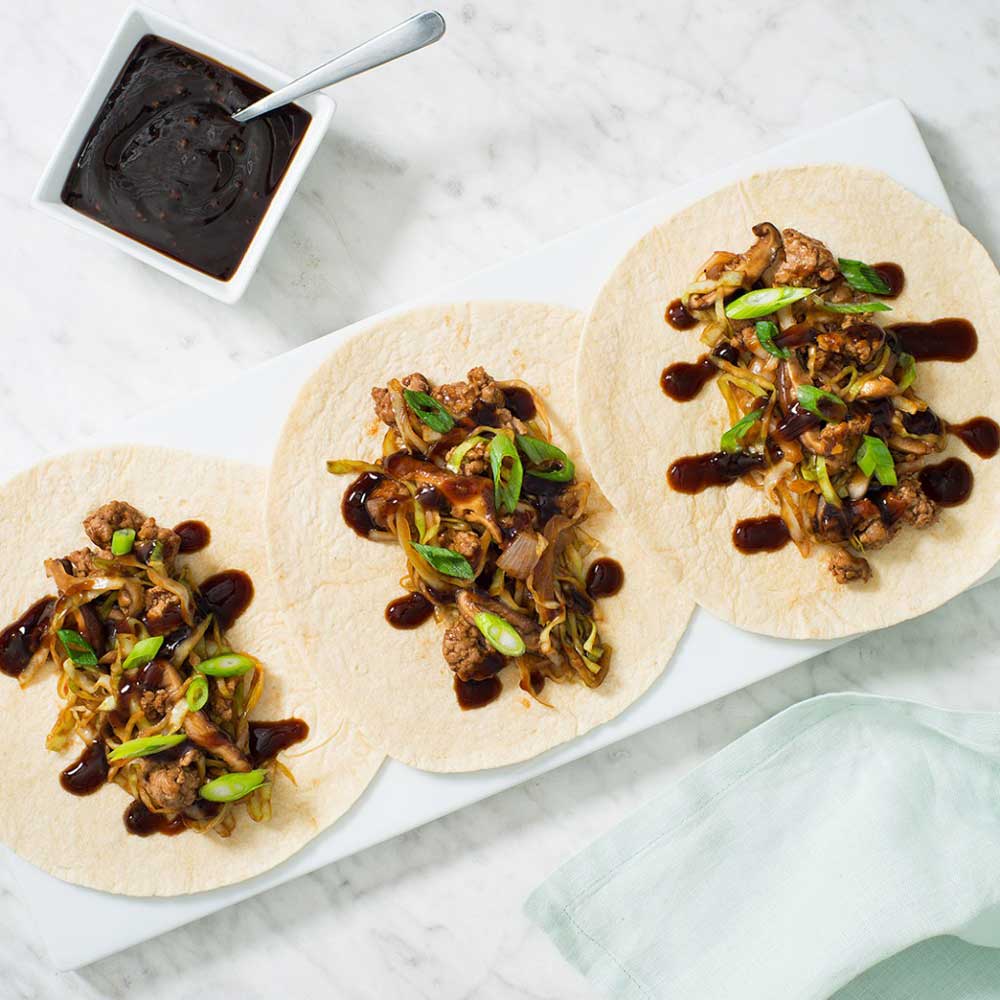
This Northern Chinese dish is traditionally cooked with pork, although it may also be made with chicken, veggies, beef, shrimp, or tofu. Authentic Chinese versions include scallions, mushrooms, and scrambled eggs seasoned with ginger, garlic, and rice wine (served wrapped in thin pancakes), while western versions might include cabbage, water chestnuts, and other vegetables. Boyd recommends ditching the accompanying pancakes and hoisin sauce to cut back on carbohydrates and instead savoring it just as it is. “It’s actually a really satisfying, low-carb and low-fat meal on its own,” she notes. “Just ask for light sauce and no extras.”
Watercress
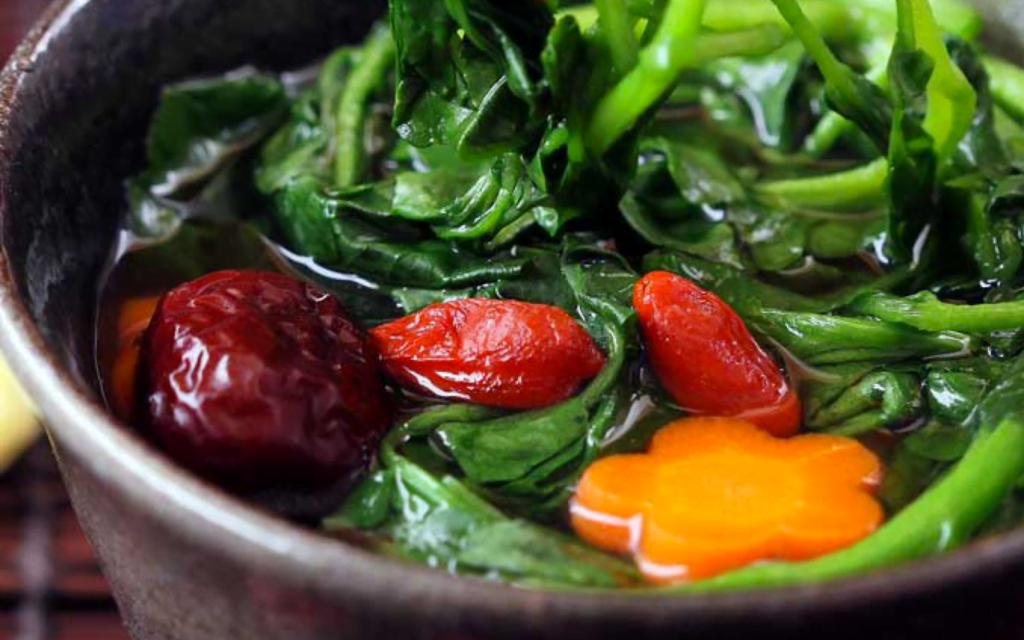
Watercress is an underrated green that is high in nutrients. Watercress is commonly used in soup to conceal its slightly bitter flavor, but it can also be stir-fried with ginger and garlic. Watercress, unlike other greens, has a peppery and mildly spicy flavor. Watercress is a nutrient-dense vegetable that contains 63 % vitamin A, 71 % vitamin C, 12 % calcium, and 9 % potassium per 100g. It also includes carotenoids, which are important for eye health.
Food on a stick
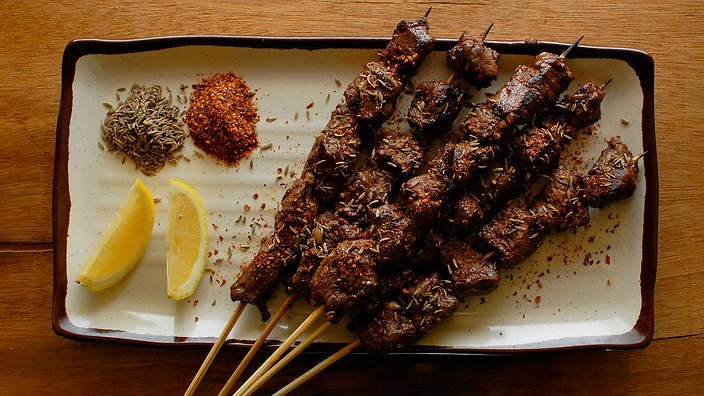
If you want a protein-rich meal, Boyd recommends choosing skewered meats, such as the beef or chicken on a pupu platter. “While they may marinate the chicken, pork and beef in a sugary concoction at some places,” she asserts, “the protein content you’ll get from ordering teriyaki skewers far outweighs the other choices you may have.” If you want to be really savvy, order a side of stir-fried mixed veggies (with sauce on the side, of course) so you don’t miss out on the deep-fried goodies that frequently accompany a pupu platter, like as egg rolls and fried wontons.
Bamboo Shoots
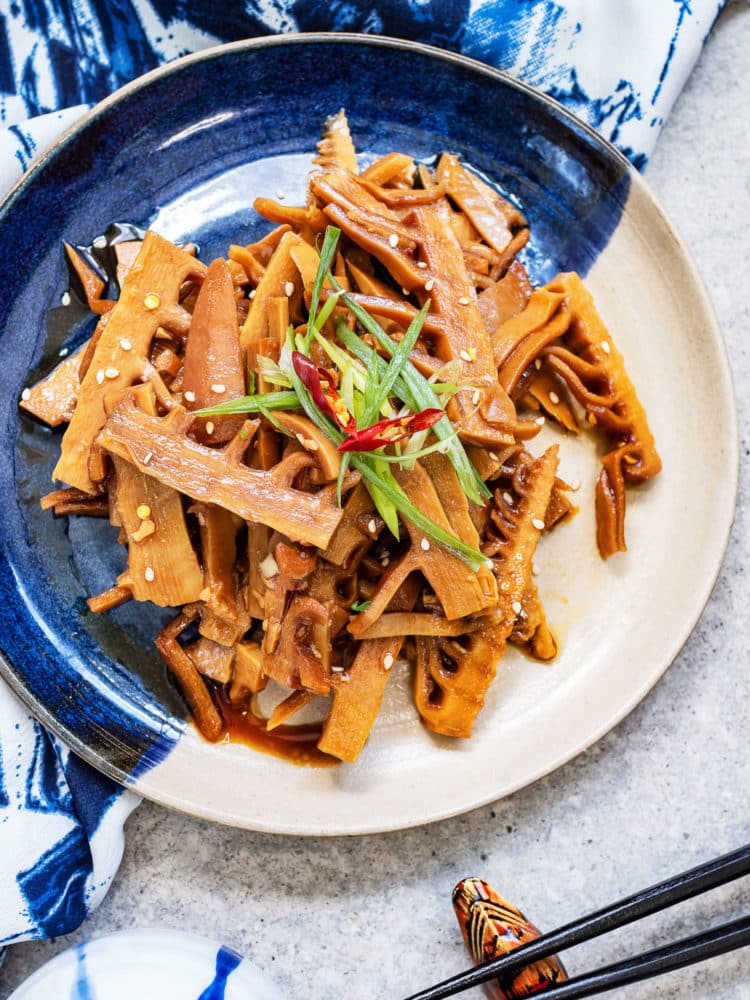
The bamboo shoot is the final item on this list. Although these totally non greens are too bitter and rough to eat fresh, they can be excellent after canning or cooking. A 100g serving of bamboo shoot contains 10% of vitamin B-6, 6% of vitamin C, 8% of dietary fiber, and 15% of potassium. Bamboo shoots not only improve bone health, but they can also assist with gut issues and neutralize free radicals. Its low fat and sugar content also makes it an excellent diabetic snack.

